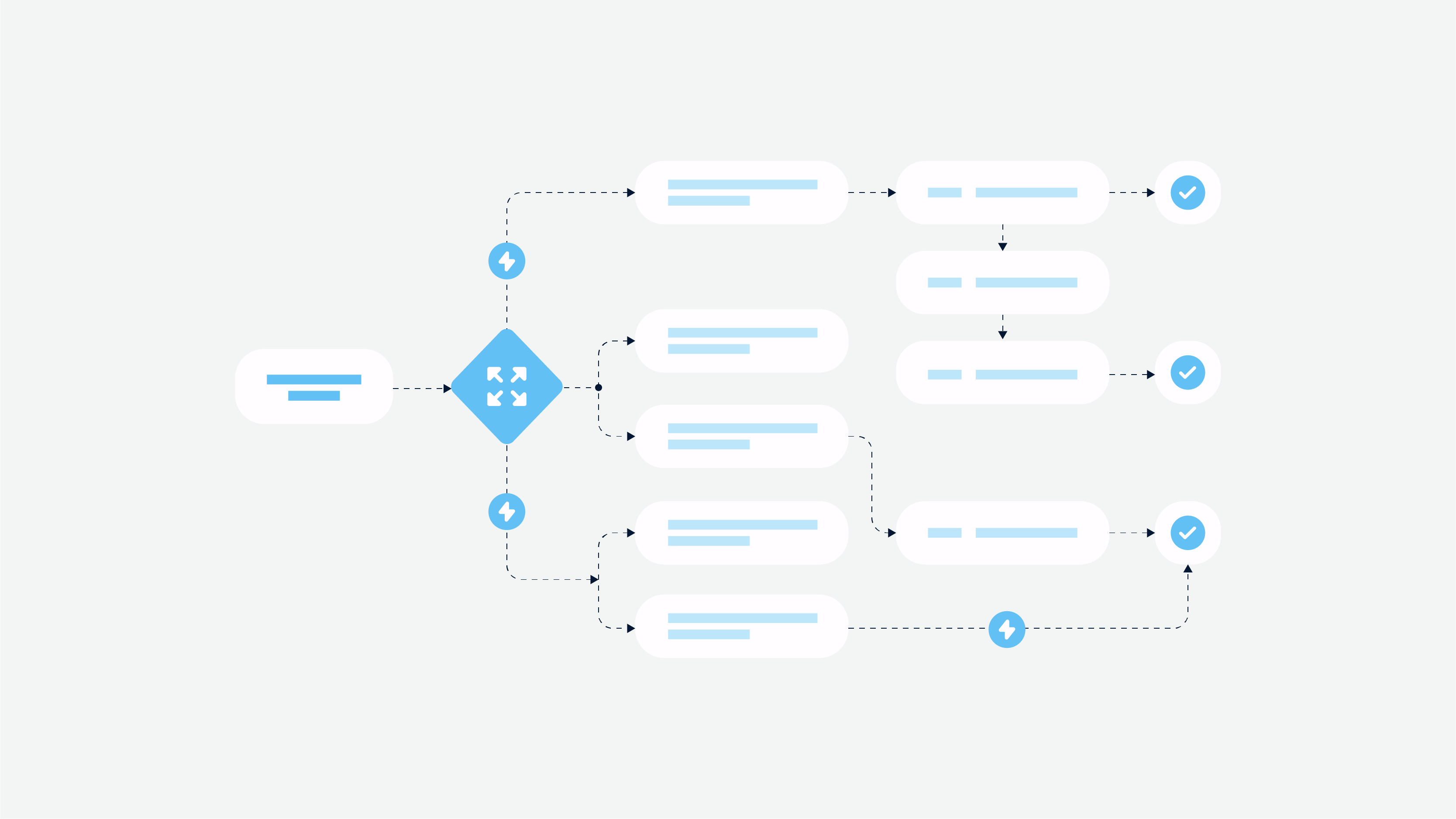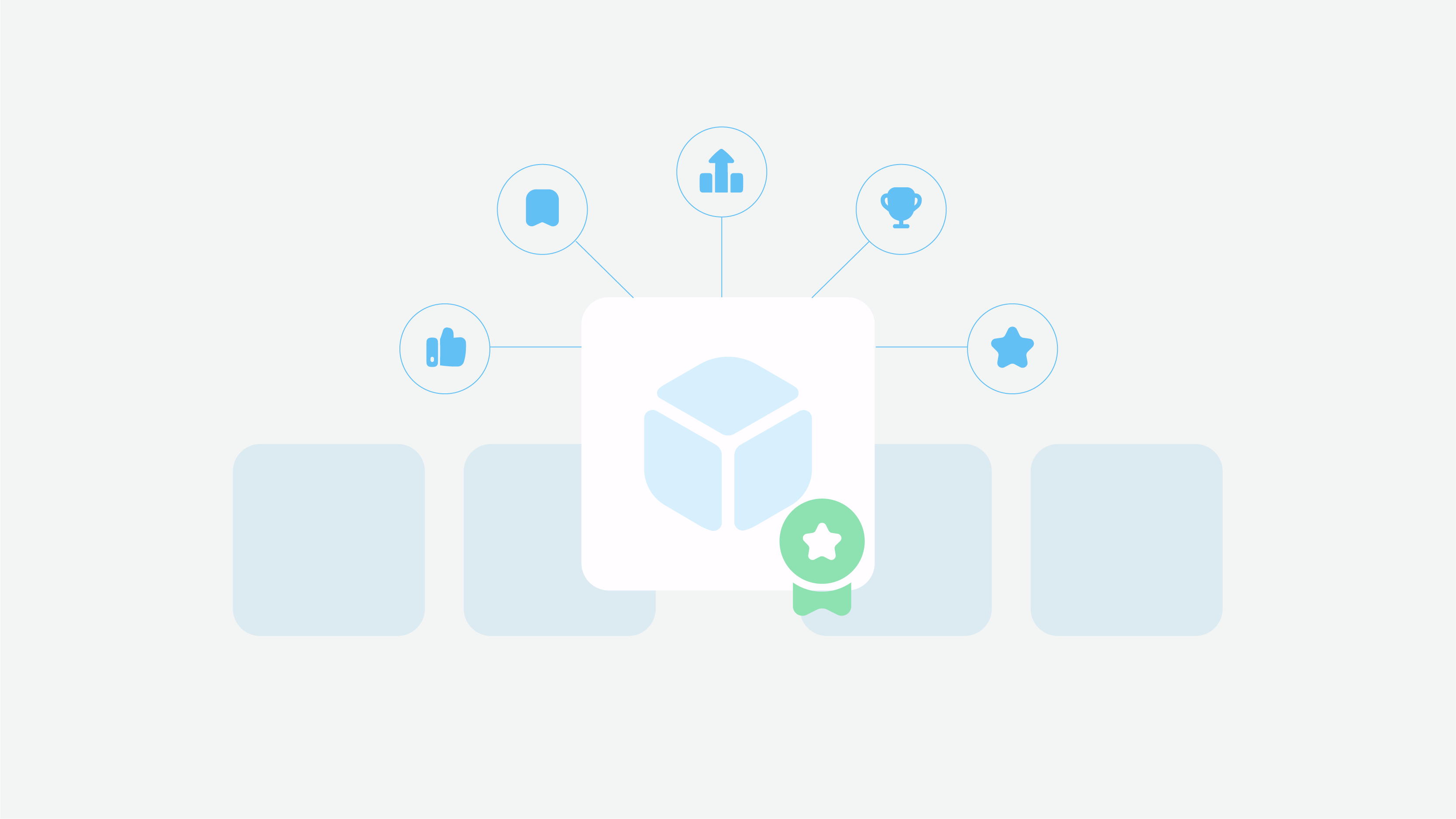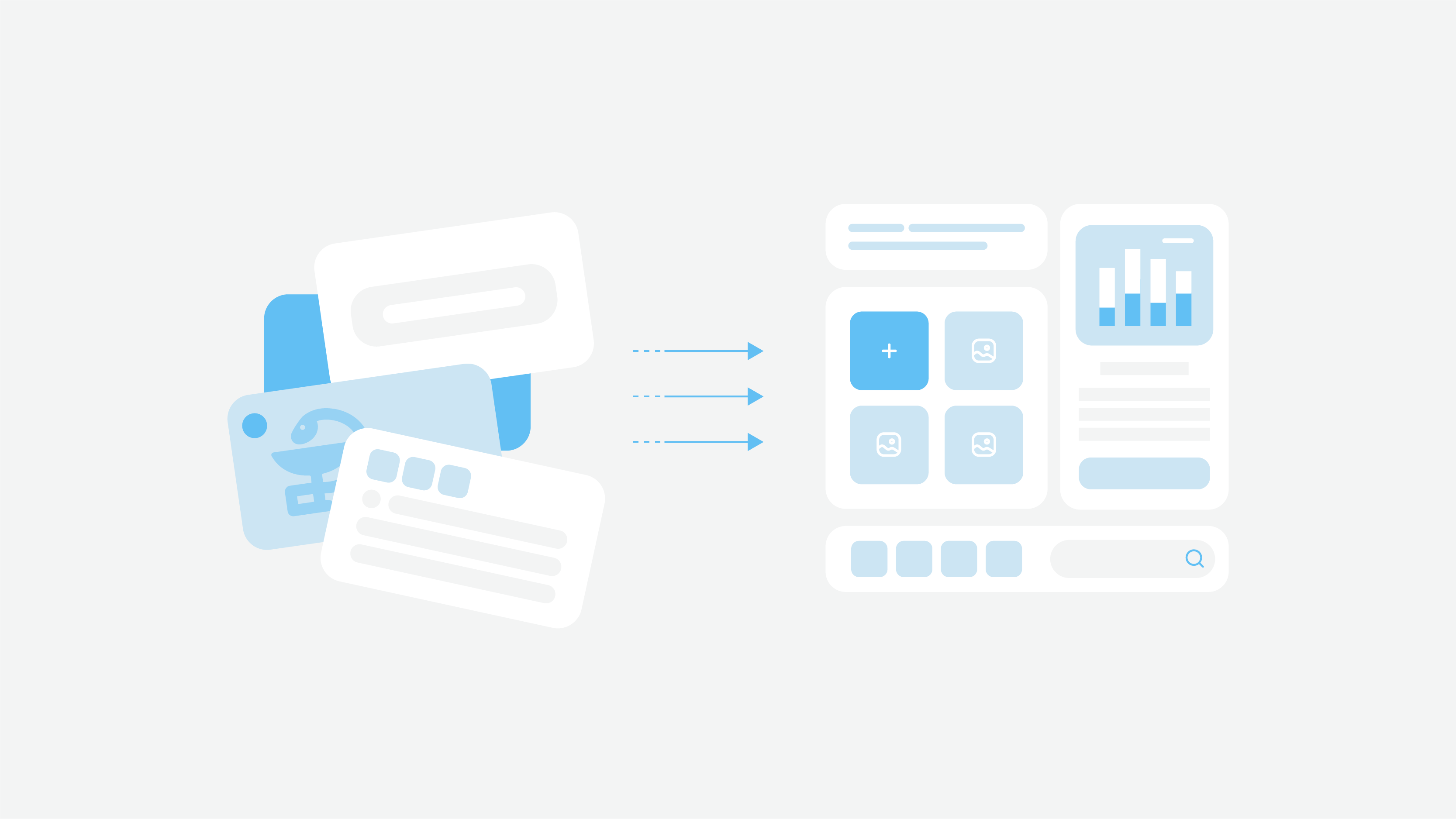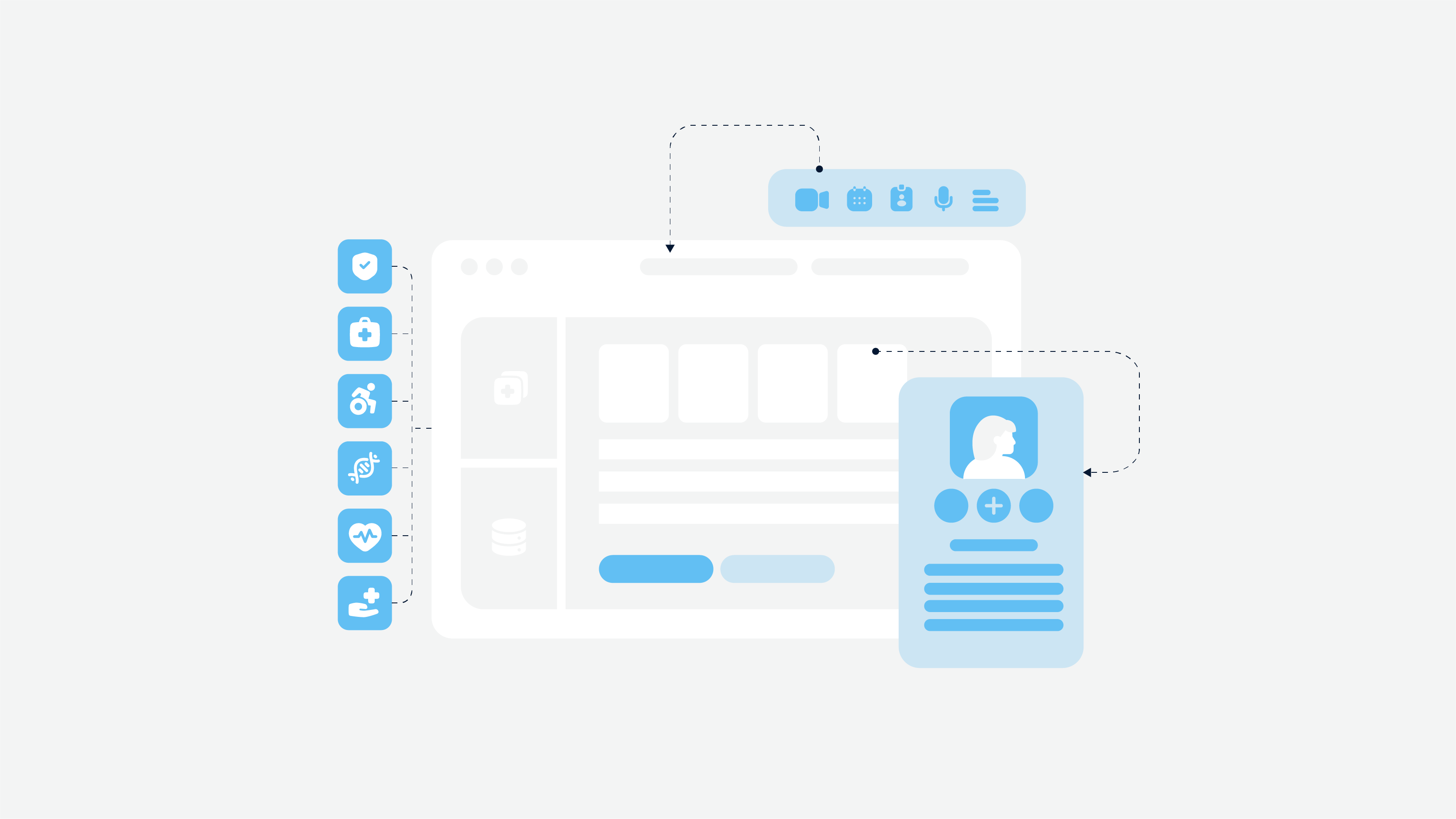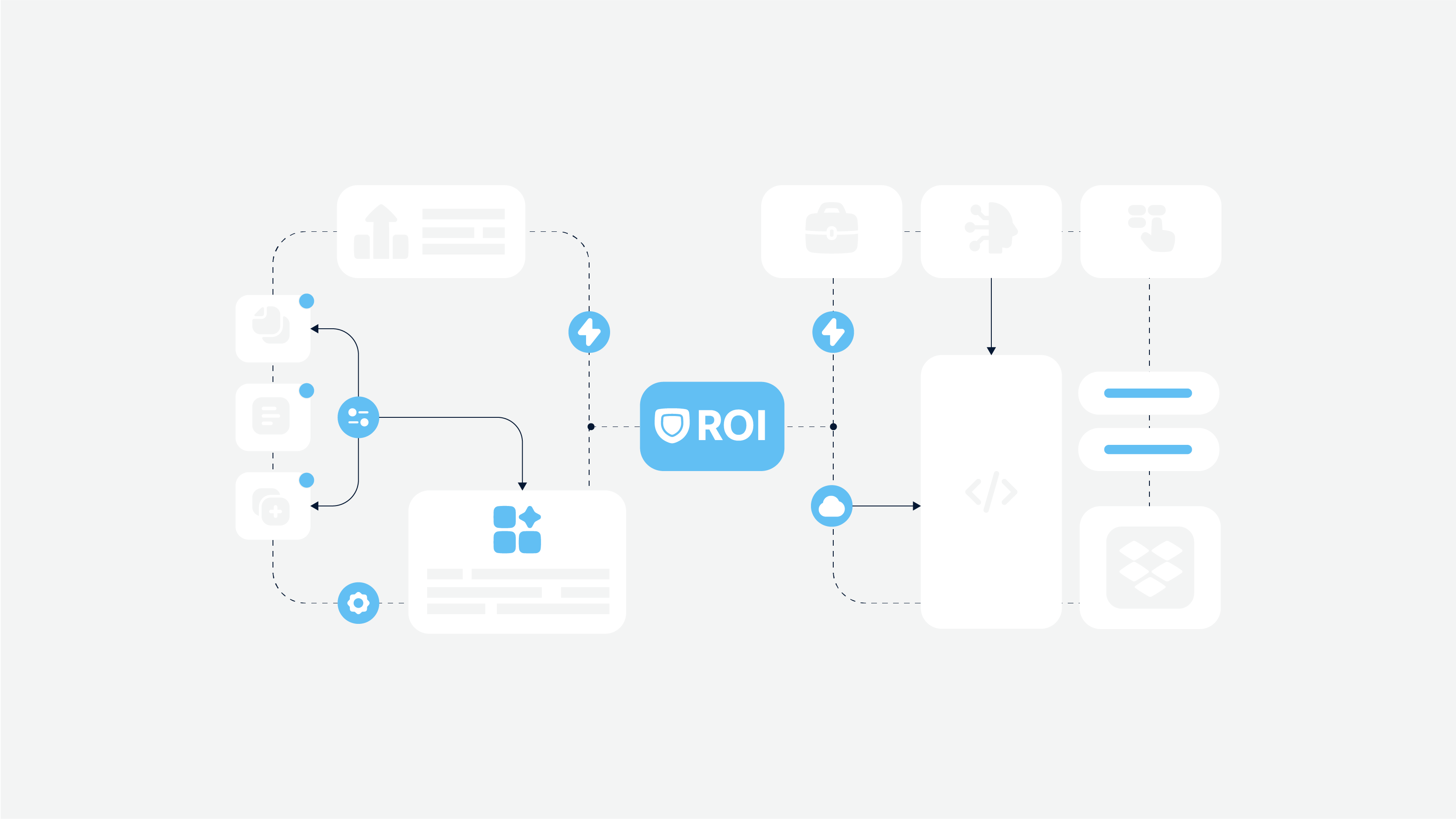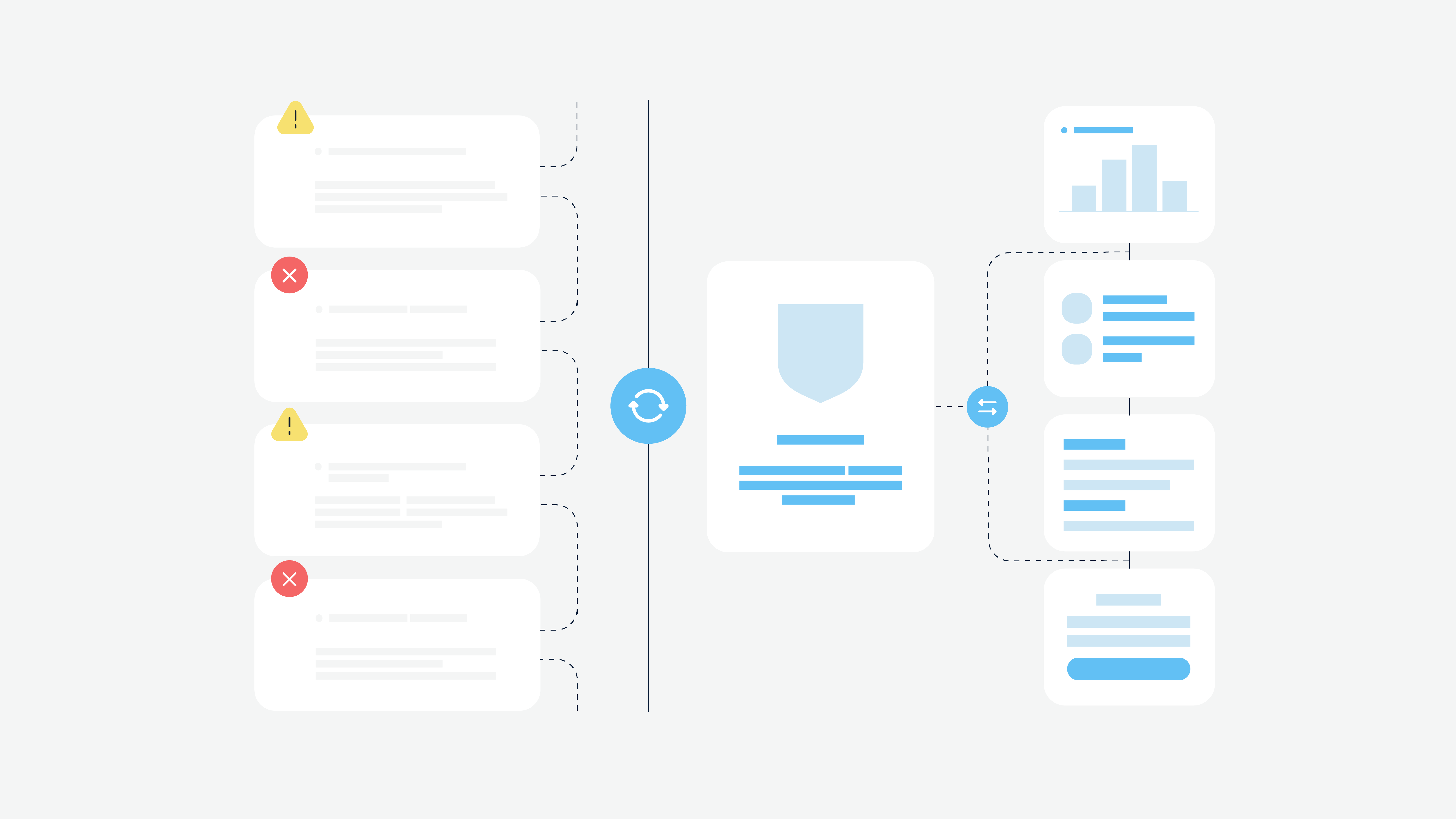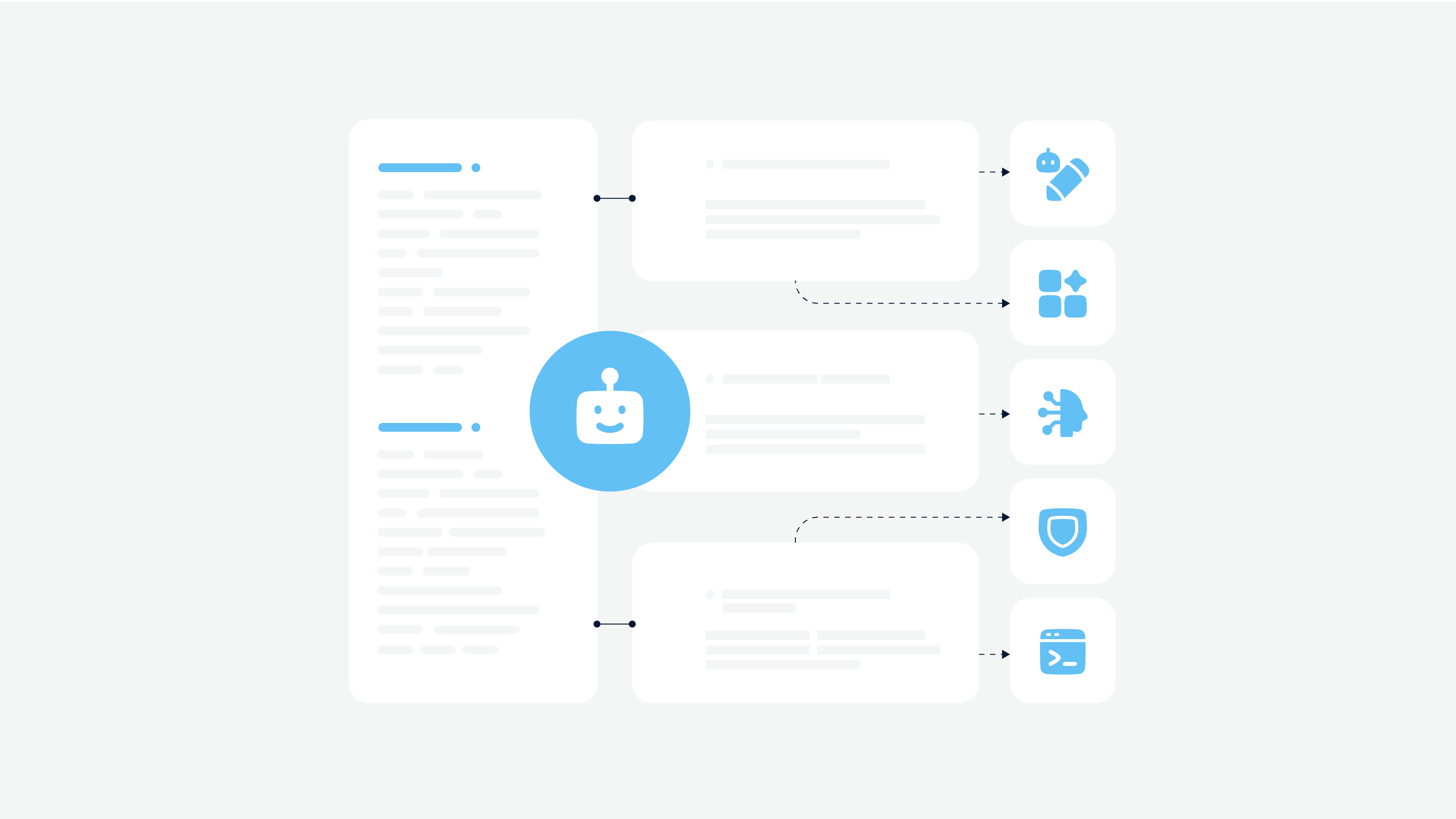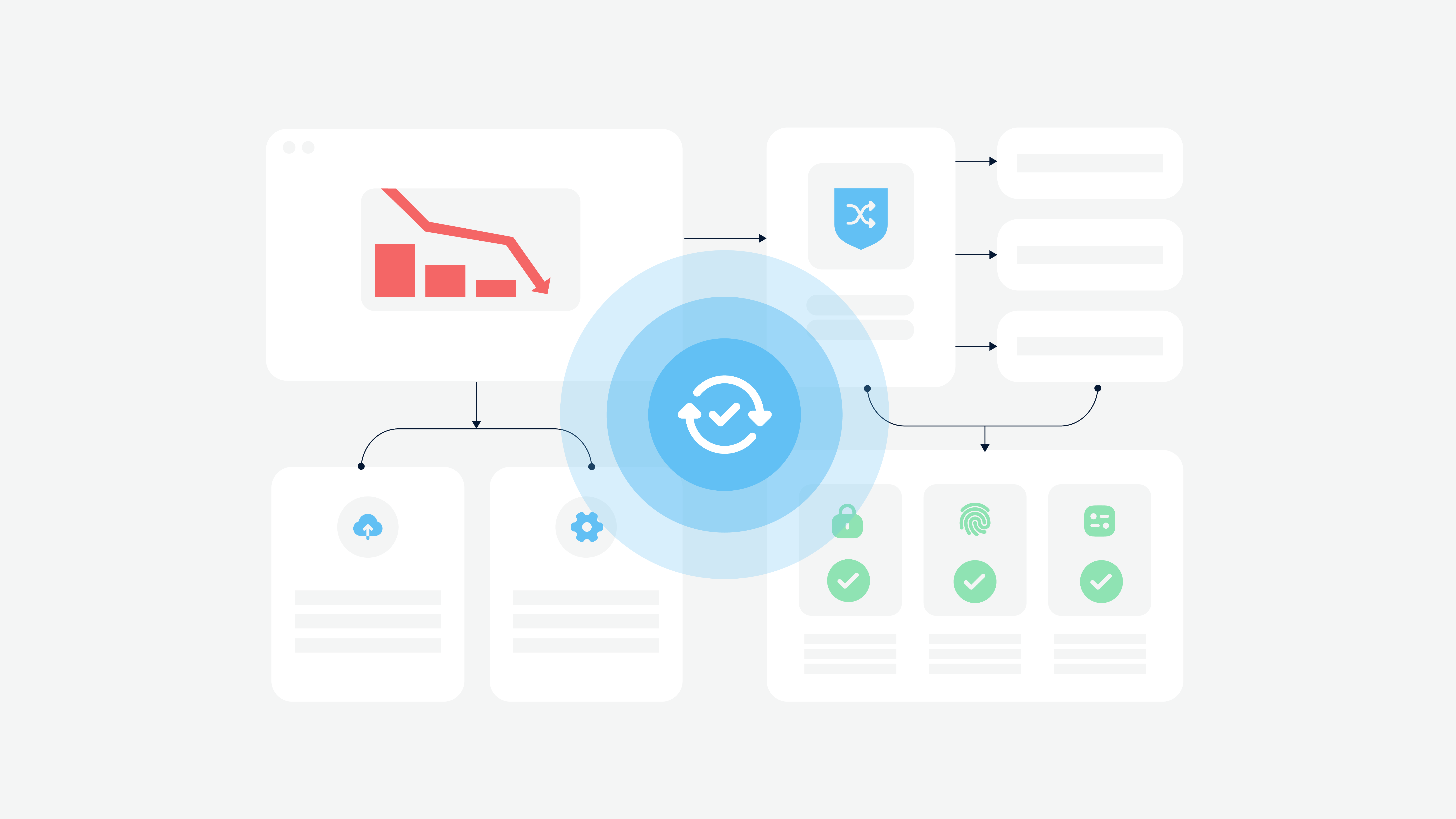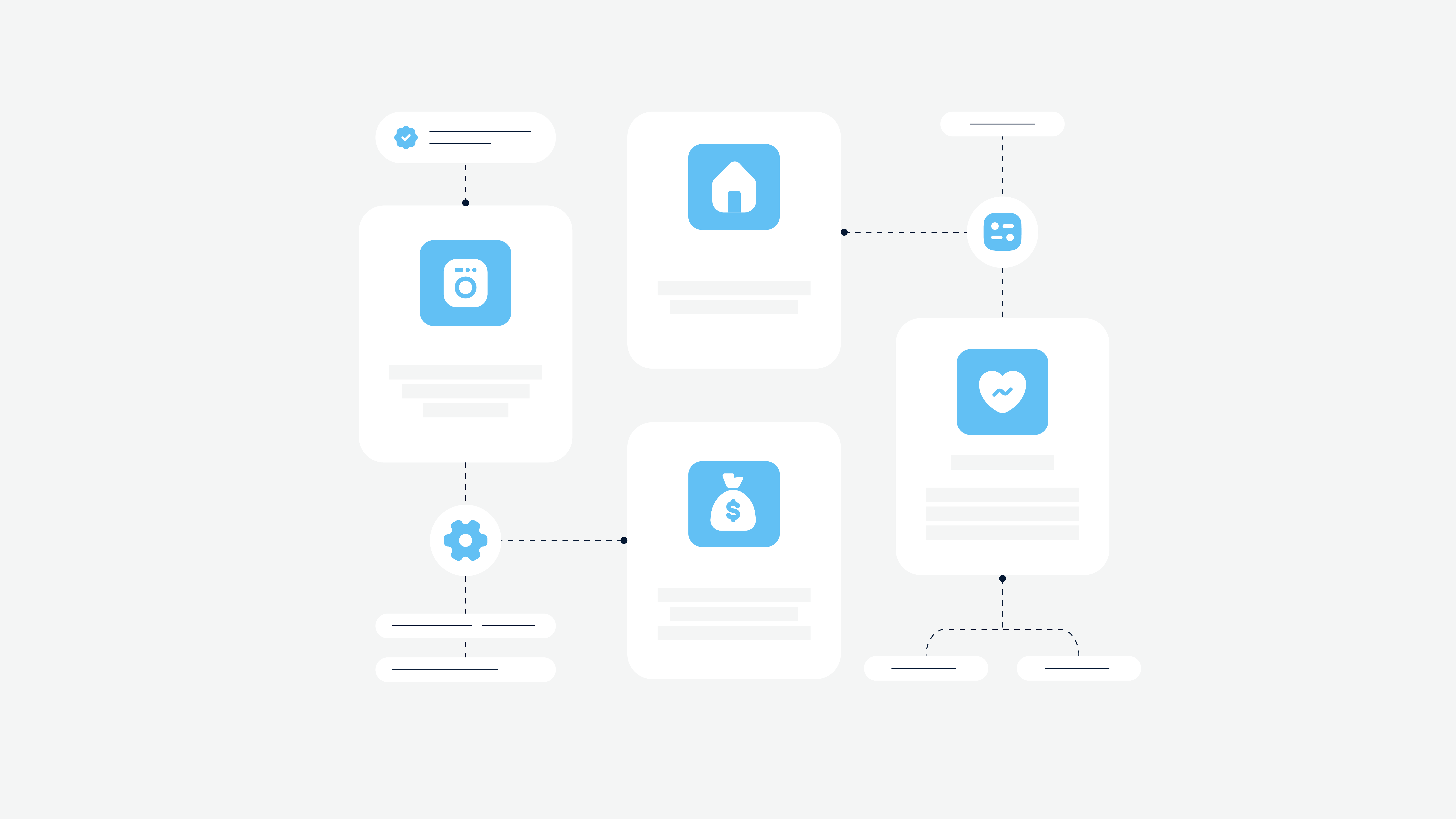The reason is simple: the product didn’t satisfy the customer’s needs. The consequences are obvious. This may happen if a project team neglects the customer research process and doesn’t pay too much attention to its importance. Are you surprised? Let’s clarify it together step by step.
What Is Customer Research?
Customer research is a complex process of collecting data regarding customers’ preferences, wishes, and pains. The research is usually done on consumers’ preferences, attitudes, loyalty, usage, and behavior in a market.
Understanding your customers and their needs is a crucial aspect of any successful business, whether it is custom healthcare software development or enterprise system creation. Customer research is one of the key methods used to gather information about your target audience. From improving client satisfaction and loyalty to identifying new opportunities for growth, it can provide invaluable insights that can help you make more informed decisions and drive your business forward.
In essence, the process of consumer research involves gathering data and gaining knowledge about clients to help businesses enhance their services and adapt their proposals to fast-changing customers’ preferences. And it does not matter if you are working in the healthcare industry or fintech; conducting at least basic customer research is a standard practice for businesses to gain new insights. This valuable information can be used to refine products, develop an effective marketing strategy, or even redesign web platforms to make them more user-friendly and engaging.
In most cases, basic customer research aims to address two critical questions:
- Who are the perfect customers for our products, and who may not be a good fit (especially relevant for fintech or healthcare software)?
- What channels can be utilized to reach and communicate with the target audience?
Such research is also an essential part of risk management and preliminary analytics. For example, in the same custom healthcare software development, it is extremally important to know the specific needs of the users and to anticipate their changing preferences.
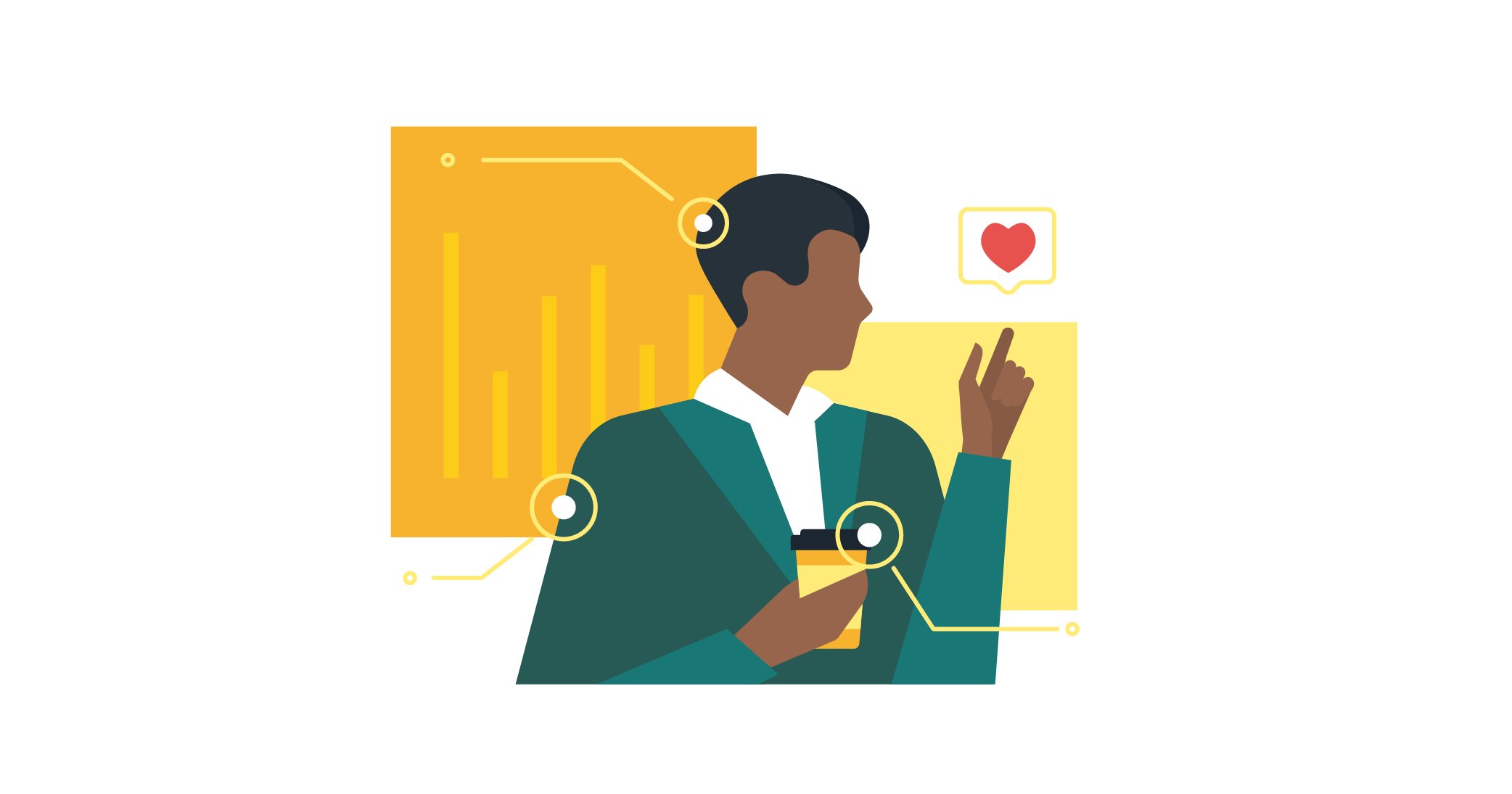
If you are looking for the best company in the USA & Canada, you are in the right place.
Read this article till the end, it will help you to understand your question.
Better yet, sign up for a free consultation with our software development experts.
What Does Customer Research Solve?
Firstly, it helps to identify potential new customers and assists in understanding various behaviors, and motivators to meet customer expectations. Secondly, customer research simplifies the process of setting realistic targets for the project. Thirdly, understanding how customers will use the project identifies upsell opportunities.
It is easy to make more informed decisions regarding the pricing, distribution channels, and marketing mediums, or to identify opportunities to introduce a new product or service. Customer research helps in understanding customers so that the variable projects can be designed accordingly.
The best way to prove its necessity is to present real-life examples. We chose 4 specific cases in 4 well-known companies as Lego, Apple, Google, and Uber that are worth observing.
We also recommend you learn how to get fair customer feedback.
Main Types of Customer Research
There are many types of research and methods that can be applied. It all depends on the industry (obviously, the healthcare software development team will use different analytics methods than e-commerce developers), company goals, target audience, etc. Let’s take a closer look at the most common and versatile options.
Primary research
This involves collecting data yourself through various means, including
- face-to-face interviews;
- Surveys based on specific parameters such as industry (banking, financial, entertainment, healthcare industry, etc.), gender, age, income, etc.;
- social media interactions.
Secondary research
Secondary research involves using data collected by others. These can be
- online databases (especially relevant for mobile app development);
- forums or communities;
- industry reports (very important for trading, fintech, and healthcare software development services).
Research types based on data
There is also another classification for primary and secondary research. It is created based on the type of data collected.
The first option is qualitative data. This type of data is subjective and can be interpreted. It includes descriptions of attributes (e.g., blue jeans or long hair).
The second option is quantitative data. This type of data is more objective, and it can be measured. For example, you can measure or count length, cost, weight, etc.
You can use both types of data in different areas, including custom healthcare software development or building versatile solutions for enterprises.
Different Methods for Consumer Research
Now that you are familiar with the most common types of customer research, let’s explore various methods you can use to gather insights and make informed decisions. Again, the choice of a particular method for healthcare software development and EHR product, for example, would be very different.
Surveys
This is all about asking people a series of questions regarding a particular subject or concept (in custom healthcare software development, you make a list of pains and concerns regarding using clients’ portals, and so on). Surveys can be conducted in person, via emails, or through online forms. It provides some critical benefits for marketing and promotion strategy planning. You can quickly gather large amounts of data without high costs. And the info collected is easy to analyze.
Pay attention that only clear and concise questions can yield reliable information. So you have to adapt your list of questions to business needs and requirements. This is especially important for healthcare software. An online survey tool like Google Forms can help you gather needed data by providing a ready-to-use template and a link to share with customers.
Analytics
Here, you have to analyze your customers’ actions and behaviors within your product. Analytics dashboards give you an overview of what your clients do and how they interact with your software or services.
Let’s take as an example the same healthcare software. In this case, you can collect data on how quickly users leave the client portal, which sections they visit most often, which pages they are interested in, etc. This is very valuable data for healthcare software development, especially if it is processed and visualized correctly.
While customer-reported behavior can be helpful, actual behavior can differ. Therefore, tracking and observing customer behavior using heatmaps, scroll mapping, and user-recorded sessions are essential not only for healthcare software but for any product and any industry.
Focus groups and interviews
Interviews provide you with the opportunity to speak directly to your customers and ask open-ended questions, which is very helpful for any industry, but for healthcare software, especially. This method allows for in-depth, one-on-one conversations and exploring topics thoroughly. And whether it is fintech or the healthcare industry, you can take the most from talking with real consumers.
The crucial point here is to have an experienced interviewer who can conduct the interviews lightly and properly to gather valuable insights. In some cases (like with healthcare software), interviewees can deal with sensitive and not uncomfortable questions, so you need professionals for this. You can conduct interviews in person or via video conferencing tools like Google Meet or Zoom.
Working with focus groups is also an excellent opportunity to get valuable insights. This method is old and very helpful; it gives high results in e-commerce, education, fintech, and healthcare software development.
Here you can bring together a small group of people based on certain criteria and ask them about a particular topic (healthcare software, for example, or new branding). A moderator facilitates the conversation, and meaningful insights can be drawn from the group’s discussions. This method is useful for gaining a deeper understanding of a specific or narrow subject. For example, in healthcare software development, you can gather insights into how clients feel about new registration features.
Competitive Analysis
Competitive analysis is a method used by businesses to understand their competitors’ strategies and tactics. It helps to know how they can use their strengths to improve their products or services. You can use it in healthcare software development, UI and UX design for e-commerce products, etc.
There are different approaches to conducting a competitive analysis, but they all involve gathering information about competitors and analyzing and interpreting that information to gain insights. This can include analyzing the target audience, product features, pricing, and customer reviews, among other things. For example, in the case of healthcare software, you have to understand how your competitors promote even the less popular services.
The purpose of a competitive analysis is to identify your strengths and weaknesses relative to your competition and clarify opportunities for growth and improvement. By understanding how your competitors are positioning themselves in the market, you can better differentiate your own products or services and create an unconditional advantage. Again, in healthcare software, you can offer new technology for diagnoses, and you can win this race because your competitors don’t have it.
It’s important to note that competitive analysis is an ongoing process, as the market and your competitors’ strategies can change over time. Therefore, it’s essential to stay up-to-date with industry trends (especially in fields like IoT, healthcare software development, and fintech) and keep a close eye on your competitors to ensure that your business is constantly adapting and improving.
Incorporating one or more of these methods into your consumer research strategy can provide valuable insights to help grow your business. And it doesn’t matter if you’re working with healthcare software or neo banking – data is an integral part of risk management and success.
Uber Experience in Customer Research
When the Uber team decided to launch a project in India and Brazil, the main research tool was direct communication with customers. The results got the team to make some unexpected but customer-centered decisions.
Most of the customers in India and Brazil had old smartphones, so it was impossible for them to pay for the service by credit card because the application image of a credit card didn’t load properly due to its high resolution.
The best way to fix it was to make an Uber lite app that weighs up to 5MB and works very quickly. Thanks to this research, the Uber team measured the benefits either of adapting their app to old phone models or simplifying the order and payment process.
Lego Experience in Customer Research
In the customer study done by The Lego group, it was reported that only 9% of the primary toy users were female. To extend the target audience, the company decided to produce a new product to involve more girls in playing with Legos.
How did they do that? By conducting a four-year study of customer research that involved 3,500 girls and their mothers. The research included studying the girls’ playing habits and extensive surveys about the most interesting features for girls in Lego.
As a result, Lego came out with a new line of toys on January 1st, 2012. This line was called “Friends”. The changes covered brick colors (more vibrant ones were added), the packaging and the general look of figurines. Additional accessories such as hairbrushes and purses were added as well.
Apple Experience in Customer Research
Customer research by Apple was aimed to figure out how to make customers’ desires a reality. To reach this goal, the marketing team at Apple created the “Apple Customer Pulse” online survey platform.
After a successful launch, the company was able to compile and analyze the data faster, and the surveys were easy to administer, without much effort. Such an innovative approach made the market research more appealing to participants, as well as to the company.
These surveys have resulted in different modifications to Apple products. Such modifications include the increase of screen resolution that allows watching videos and games with better quality.
Google Nest Experience in Customer Research
For customer research, Google Nest uses Google Consumer Surveys. Mostly, surveys include questions about the functionality of current products and jobs to be done to improve them.
The surveys create opportunities for Nest (a wireless kit for creating a smart home security system that is stuck on the walls or ceiling) to quickly gain information from thousands of people concerning their needs and wishes.
Some surveys may include such a tricky question as “How high is your ceiling?” that rounds out the information about how large a certain appliance should be. By incorporating the feedback, Nest is able to improve the products and, in turn, increase their sales.
Why Customer Research Is Important for Project Team Members?
As all team members are involved in the customer research process, there are more chances to create embarrassment about the project and empathy for its users.
Also, customer research improves internal team communication which leads to a better understanding of the product’s essence and its distribution. Consequently, it lets us make a solid content marketing strategy that aligns with modern trends of customer needs.
It is important to conduct a research process in the following way to achieve the proper results:
team members conduct user interviews, take notes properly, and listen to customer feedback attentively;
the team analyses the raw data from research on the workshop session;
team members continue the research and project development process.
We are sure that a full team engagement makes every stage of customer research simple. Moreover, all team members understand each other, and share various ideas to make the product better. Joint customer research has a wonderful effect on team coordination.
What Does Customer Research Affect?
Customer research helps to get feedback to measure satisfaction, perform market research, and gauge expectations. No doubt that customer research assists in creating a shorter development time with a clear vision of what you are trying to build. Secondly, it allows for avoiding costly fixes of development problems later.
Customer research also enables different teams to work collaboratively, ensuring a cohesive user experience across the entire product/service. Done well research makes the project a high-quality customer-centered product that really solves the relevant problems that people have.
Conclusion
We believe that a full engagement with your customers makes every stage of the customer journey simple and saves huge amounts of money. Customer research is a helpful approach used by outstanding organizations to evolve their products and release features that people will definitely like.
In addition to this, customer research expands the knowledge in the specific methodology such as JTBD (Jobs to be Done) and Customer Value Proposition. The usage of these tools may create a shared understanding of the user’s needs, and make the work towards the same goal easier and more interactive.
Our experience in customer research proved the theory that the methods of research are variable. For some projects, we applied a direct interaction with customers, competitive analysis, for others — comparison tables of prices, services, etc.
The main point is that we personalize each research for each project. There is no instruction for ideal customer research, each attempt is unique. Our team will be glad to conduct in-depth customer research for your project and provide you with upscale service. Don’t hesitate to contact us!
See also our guide on how to create an Uber-like app for lawn care business, here: lawn mower on-demand application development guide.



